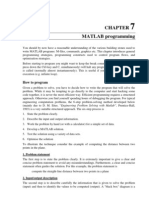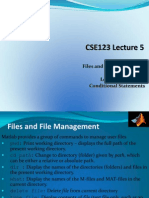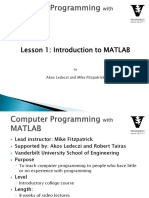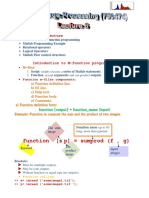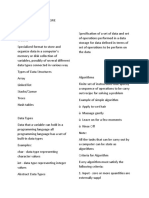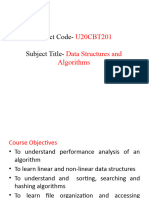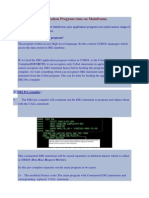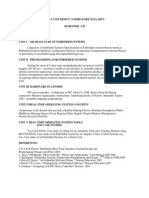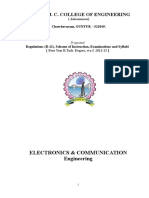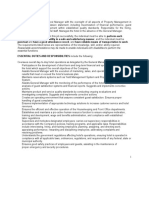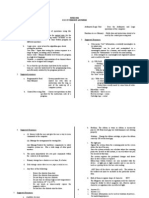0% found this document useful (0 votes)
52 views69 pagesChapter 4
This document provides an overview of programming with MATLAB. It discusses algorithms and the three categories of control structures: sequential, conditional, and iterative operations. It also describes structured programming, procedure-oriented programming, and object-oriented programming. Additionally, it outlines the steps for developing a computer solution, effective documentation methods like pseudocode, and debugging techniques for locating runtime errors in programs.
Uploaded by
patrldainik2412Copyright
© © All Rights Reserved
We take content rights seriously. If you suspect this is your content, claim it here.
Available Formats
Download as PDF, TXT or read online on Scribd
0% found this document useful (0 votes)
52 views69 pagesChapter 4
This document provides an overview of programming with MATLAB. It discusses algorithms and the three categories of control structures: sequential, conditional, and iterative operations. It also describes structured programming, procedure-oriented programming, and object-oriented programming. Additionally, it outlines the steps for developing a computer solution, effective documentation methods like pseudocode, and debugging techniques for locating runtime errors in programs.
Uploaded by
patrldainik2412Copyright
© © All Rights Reserved
We take content rights seriously. If you suspect this is your content, claim it here.
Available Formats
Download as PDF, TXT or read online on Scribd
/ 69












